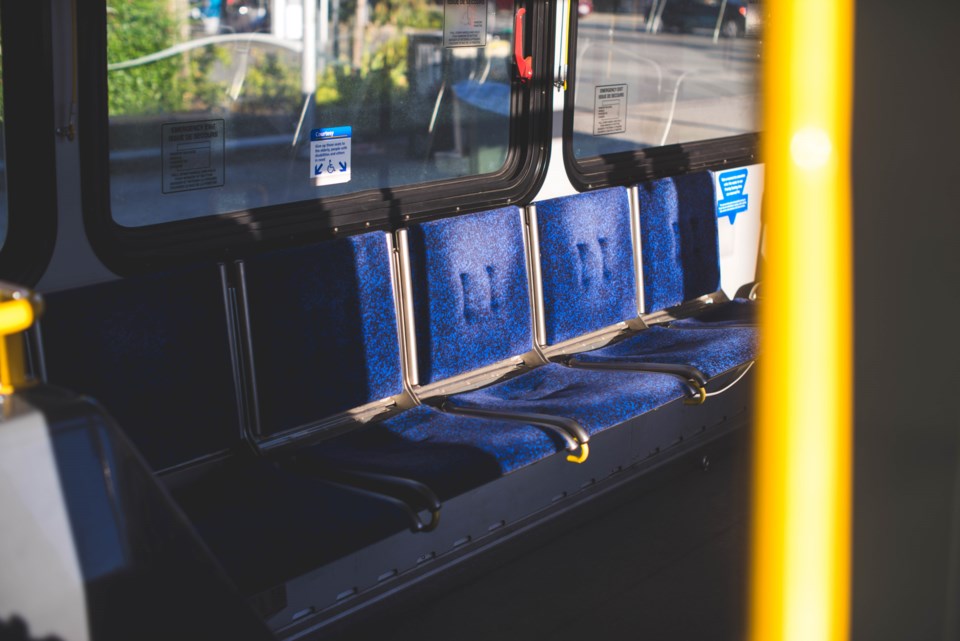The following opinion-editorial was submitted to Glacier Media from Marc Lee, senior economist in the B.C. office for the Canadian Centre for Policy Alternatives.
Whether it’s bumper-to-bumper congestion in Metro Vancouver or being able to get to a health care appointment in rural areas, B.C. needs to invest in a province-wide vision for zero-carbon transportation that thinks beyond personal automobiles as the preferred means of getting around.
With the BC Federation of Labour, we published a 10-year, $22-billion public transit investment plan to significantly increase local transit services across the province to connect them into a more integrated whole.
The plan aims to ensure that transit is affordable, accessible and inclusive — since many people cannot or prefer not to drive — while helping to meet B.C.’s greenhouse gas reduction targets.
It’s also an opportunity to eliminate privatization within an expanded public system, which would mean better wages and conditions for transit workers while allowing for better worker retention and recruitment as we develop a more coherent public system.
The plan
- Connect B.C. communities everywhere through a new province-wide express bus service
Such a public transit network will improve mobility for people in small towns and rural areas, and stronger transit connections across BC would have a big impact on tourism.
- Double the number of buses within five years and triple it within 10
This would mean more frequent, reliable local transit services; and targeted, customized services including community shuttles, on-demand rides, car and bike sharing to supplement fixed routes for the “first/last mile” challenges.
- Expand HandyDART service province-wide with an upgraded electric fleet
End contracting with private companies for services and using taxis instead of buses.
- Develop new regional rail connections across the South Coast and Vancouver Island along historic rail corridors
This should be in partnership with First Nations communities along rail lines.
- Add new passenger ferry options between Vancouver, the Gulf Islands, Sunshine Coast and Vancouver Island
Just as roads can’t infinitely be expanded to accommodate more cars, BC’s ferries have been hamstrung with almost-exclusive car transportation.
- Accelerate TransLink’s 10-year Access for Everyone plan for Metro Vancouver
This means implementing next-level rapid transit options across the region.
- Expand existing free transit programs to youth aged 13 to 18
Free transit programs should be expanded for people on social assistance who are not included in the BC Bus Pass program.
- Integrate these transit pieces
For a seamless, coordinated, coherent transit experience — with one-ticket access and synchronized service and information infrastructure — so riders can make connections efficiently and reliably across systems.
The plan would create some 16,800 jobs per year in construction and related jobs, and 23,700 jobs per year operating transit by the end of the plan. It includes boosting operating support to transit across the province from about $350 million currently to $1.5 billion per year at the end of the ten-year plan.
A full transformation of public transit province-wide within a decade will mean greater access to education, healthcare and employment, stronger public sector jobs, lower carbon emissions and healthier British Columbians.
So let’s get moving!



